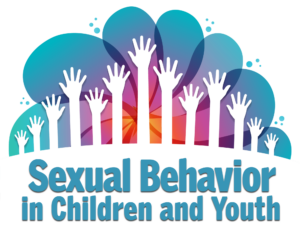By: Kalin Goble, MS
The importance of setting boundaries and finding a balance between youth and technology
With the world shifting so quickly around us, we are all turning to our phones in new, adaptive ways. Even as adults, we can struggle with finding balance from the bombardment of the information available at our fingertips. We are receiving more news than ever. We’re connecting with one another virtually and turning to social media to feel connected to the rest of the world. As the time we all spend using technology increases, so does the potential for cyber abuse, relationship violence, and other problematic behaviors to occur in a digital realm.
Even as we go back to some of our “normal” routines, our relationships with our phones and the technology around us have shifted significantly. As many students return to school, the days are anything but “normal.” Laptops have been given to students at every desk to minimize movement. Dependency on cell phones in the classroom has increased as assignments and tasks become integrated with tech use. As our relationship with technology transforms and adapts to COVID-19, finding a healthy balance and setting personal boundaries is important, especially for the successful development of the youth of all ages.
As our Sexual Behaviors in Children and Youth (SBCY) Series continues to evolve, our training has expanded to include a focus on healthy relationships and tech use. In our SBCY training, “Supporting Youth to Set Healthy Boundaries with Technology,” Jasmine Uribe discussed how technology is used to harm teens and youth. Focusing on youth around ages 12 and up, she delivered training on what caring adults can do to educate and equip the teens in their lives to prevent and/or end technology-facilitated abuse.
Identifying safety strategies and resources to promote healthy relationship skills
1 in 3 teens experience dating abuse or violence, and the impact on mental, physical, and emotional wellness can be severe. As caring adults, it’s important we teach youth the realities of today’s digital landscape and the social norms of tech use. Jasmine lead this presentation and highlighted important ways to respond to and prepare teens for today’s realities. One resource that aims to do just that is eTAG. The End Tech Abuse Across Generations (eTAG) project aims to provide resources and support for addressing the use and misuse of technology in relation to sexual assault, domestic violence, dating violence, and stalking experienced by youth. eTAG’s resources include webinars, podcasts, events, and other materials that can lead these conversations with teens and adults in their lives. Find more information on the content covered in this webinar by reading our “Go Beyond the Webinar” blog post here.
We will continue our conversation on tech use as we turn our focus to work with children, ages toddler to 11, in our next webinar, “Modeling Healthy Technology Behaviors for Young Children.” Dr. Erin Taylor, a Licensed Clinical Psychologist and Assistant Professor at the University of Oklahoma Health Sciences Center, Center on Child Abuse and Neglect (CCAN) will explore healthy relationships and the connection with childhood tech use.
As adults, we set an example of how young children see and understand proper technology usage. Finding a balance, setting appropriate examples, and teaching children lessons on consent that are applicable to both in-person and online interactions can help reduce the risk for children and youth to engage in, or be impacted by, problematic sexual behavior.

Our SBCY series continues to cover the topic important to work with children and families. Visit the series homepage today to see each of the topics currently offered in this series and RSVP for upcoming webinars to join the live conversation!
Blog Post Image: pxhere (smartphone-mobile-hand-person-people-technology, CC0)















